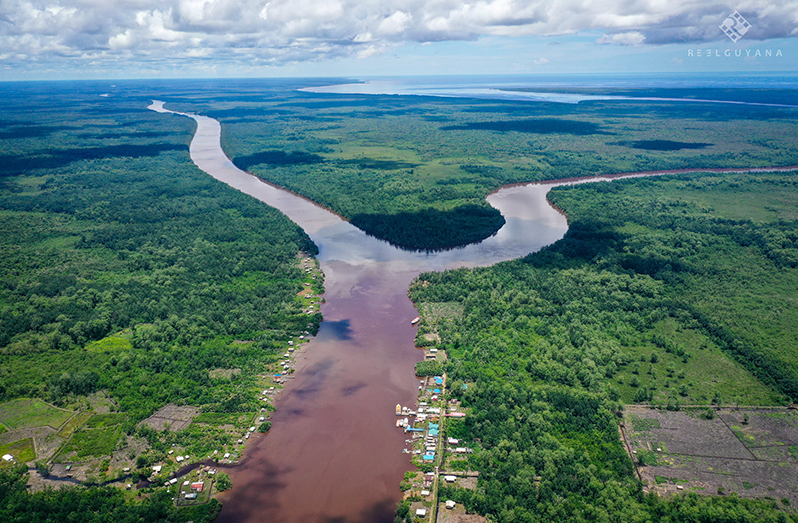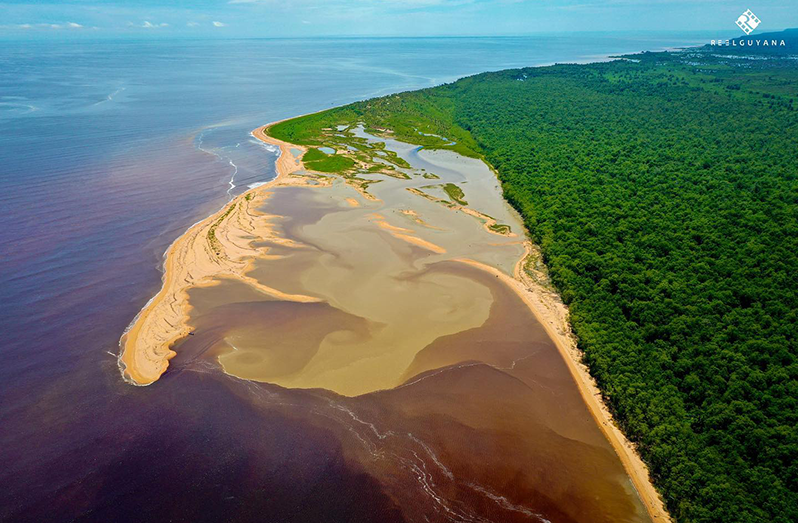MANGROVES are the bridge between land and sea and are undoubtedly among the most important ecosystems on Earth. There are about 80 different species of mangrove trees. These trees grow in low-oxygen soil areas, where slow-moving waters allow fine sediments to accumulate. Mangrove forests only grow at tropical and subtropical latitudes near the equator because they cannot withstand freezing temperatures.
Did you know? Mangroves are the only species of trees in the world that can tolerate salt water. They get rid of the excess salt by shedding it through their leaves.
Why are mangroves so important?
* Mangroves can protect coastlines from storm surges, tsunamis, and rising sea levels. They also protect coral reefs, sea grass beds and shipping lanes against siltation and erosion. Thus, mangroves increase resilience to natural hazards.
* Mangrove thickets improve water quality by filtering pollutants and trapping sediment from the land, reducing coastal erosion.
* Mangroves can support or conserve rich biodiversity since they provide nursery habitat, spawning grounds and nutrients for a variety of fish, shellfish, migratory birds, and insects, as well as countless endangered mammals, reptiles, and amphibians.
* Because of their high salt tolerance, mangroves are often among the first species to colonise mud and sandbanks flooded by seawater.
 Globally, mangroves are at a high risk of being destroyed altogether. Exploitation and pollution are important drivers of mangrove loss. According to Global Mangrove Alliance, an estimated 67 percent of mangroves have been lost or degraded to date, and an additional one percent is lost annually. Overall, mangroves are disappearing three to five times faster than global forest losses. Thus, it is important to protect or conserve the mangrove ecosystem.
Globally, mangroves are at a high risk of being destroyed altogether. Exploitation and pollution are important drivers of mangrove loss. According to Global Mangrove Alliance, an estimated 67 percent of mangroves have been lost or degraded to date, and an additional one percent is lost annually. Overall, mangroves are disappearing three to five times faster than global forest losses. Thus, it is important to protect or conserve the mangrove ecosystem.
2022 marks the seventh anniversary of the International Day for the Conservation of the Mangrove Ecosystem or Mangrove Day. The idea to celebrate these precious ecosystems and to promote their sustainable management and use was birthed by UNESCO.
World Mangrove Day is a reminder of the vital role of mangroves in preserving ecosystems. Since 2015, different parties, non-governmental organisations and interested stakeholders have celebrated this day with outreach activities worldwide on July 26 each year to raise and spread awareness of the need for international cooperation to conserve the mangrove ecosystem and promote innovative solutions for their sustainable management, conservation and uses. Unlike other international days, there is no annual theme for each International Day of the Conservation of the Mangrove Ecosystem.
 Did you know? Sundarban in West Bengal, India is the largest mangrove forest in the world, and parts of the forest were declared by UNESCO a World Heritage site.
Did you know? Sundarban in West Bengal, India is the largest mangrove forest in the world, and parts of the forest were declared by UNESCO a World Heritage site.
In Guyana, mangroves occur all along the coast, with the largest intact section being located in Region One at the Barima Mora Passage. In fact, in a survey done in 2001 by the Guyana Forestry Commission (GFC), the estimated area in hectares (ha) of mangrove forest along the coast was estimated to be 91,000 hectares, with Region 1 having the largest mangrove cover of 49,100 hectares or 61 percent of the total mangrove cover in Guyana. Unlike the pattern found in parts of the world, mangrove distribution in the Guianas follows the pattern of Black mangroves dominant along coastal shorelines and Red mangroves further inland dominating riverine areas. Elsewhere, the pattern is Red mangroves, Black mangroves, and White mangroves.
There are a number of national institutions and NGOs that conduct work to raise awareness of the importance of mangroves and to execute programmes and projects that promote their sustainable use, chief among these being the Mangrove Department at the Ministry of Agriculture. To further demonstrate its commitment to preserving these rich ecosystems, the updated LCDS 2030 was drafted to include increased protection of our mangrove ecosystems.
To learn more about mangroves visit:
https://www.conservation.org/stories/11-facts-you-need-to-know-about-mangroves
https://www.britannica.com/plant/mangrove
You can share your ideas and questions by sending letters to: “Our Earth, Our Environment”, C/O Communications, Environmental Protection Agency, Ganges Street, Sophia, GEORGETOWN, or email us at: eit.epaguyana@gmail.com. Follow us on Facebook and Instagram and subscribe to our YouTube channel.



.jpg)









